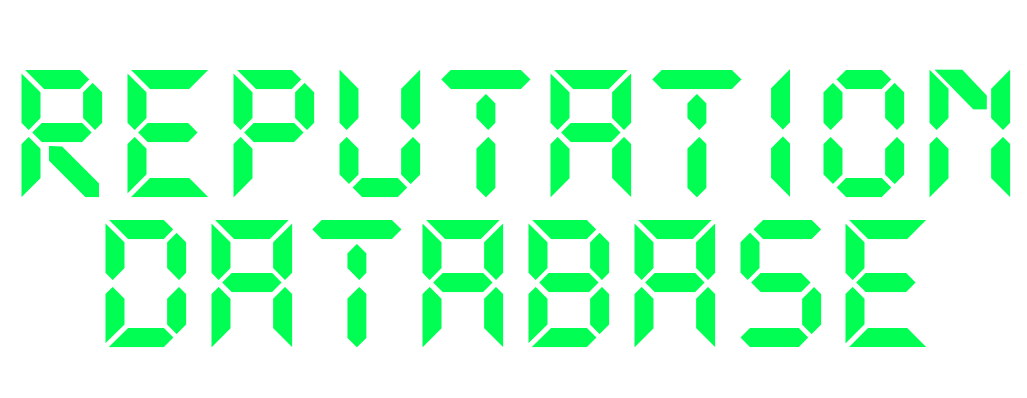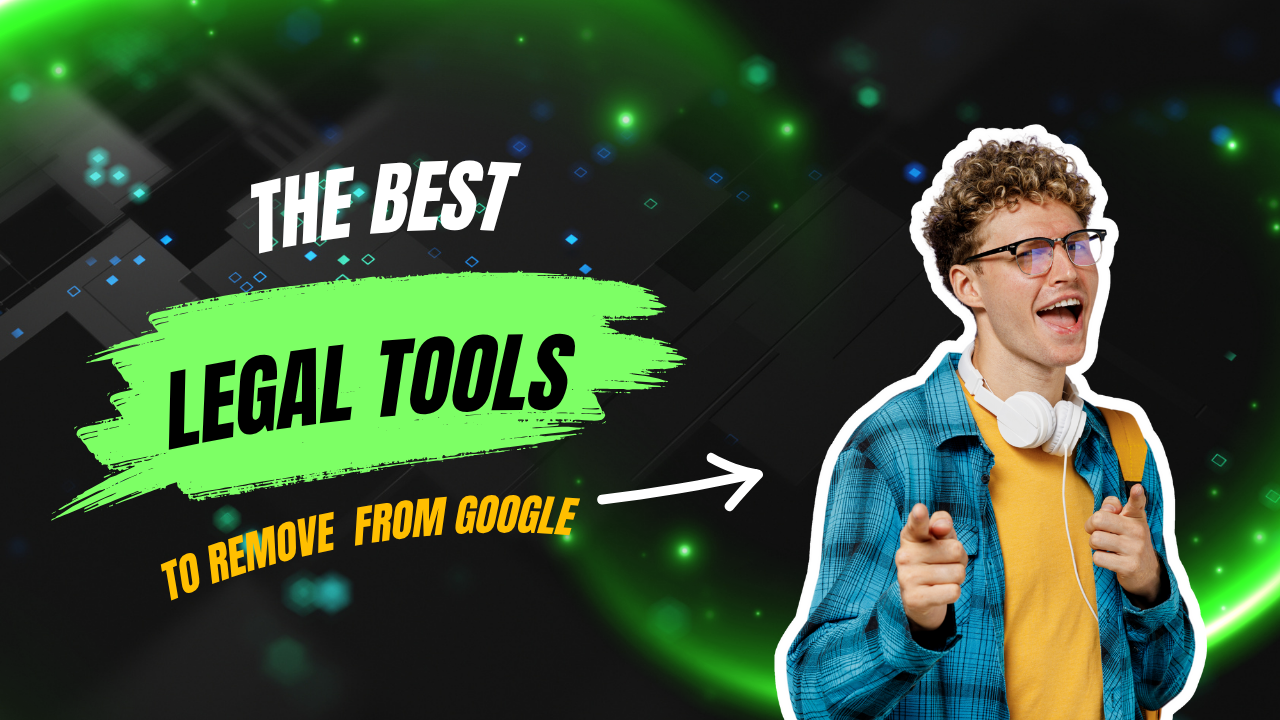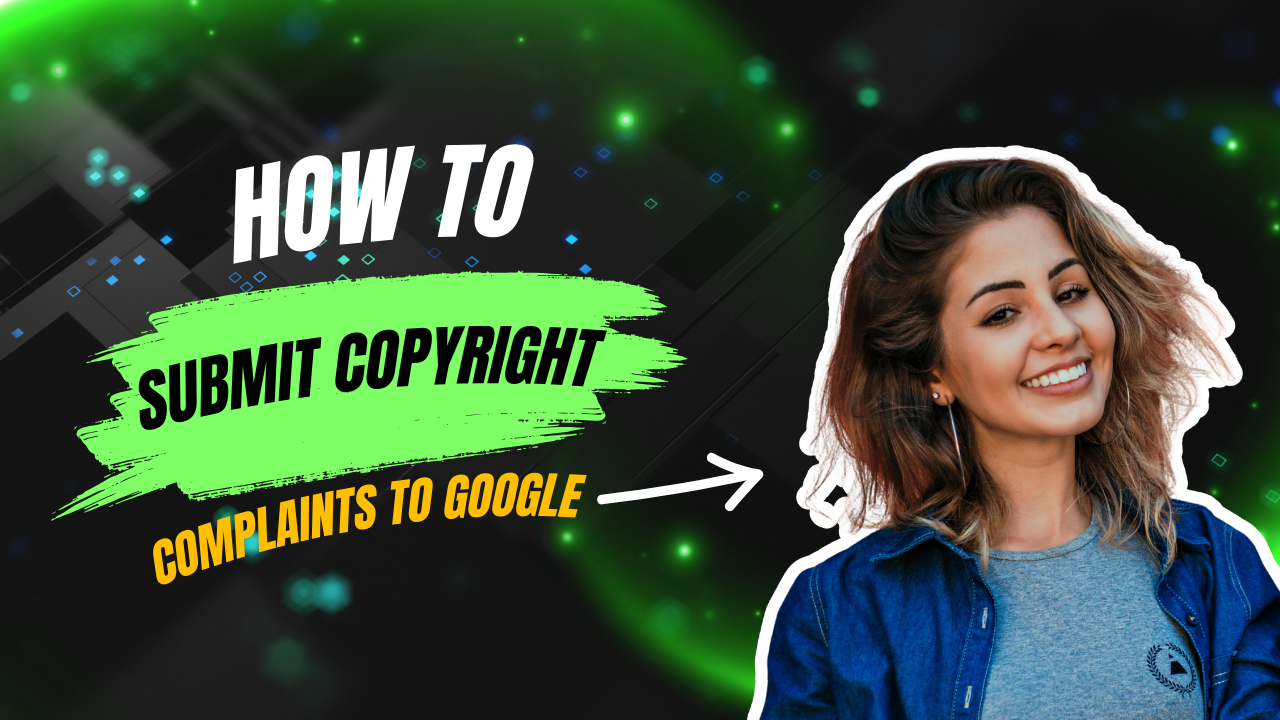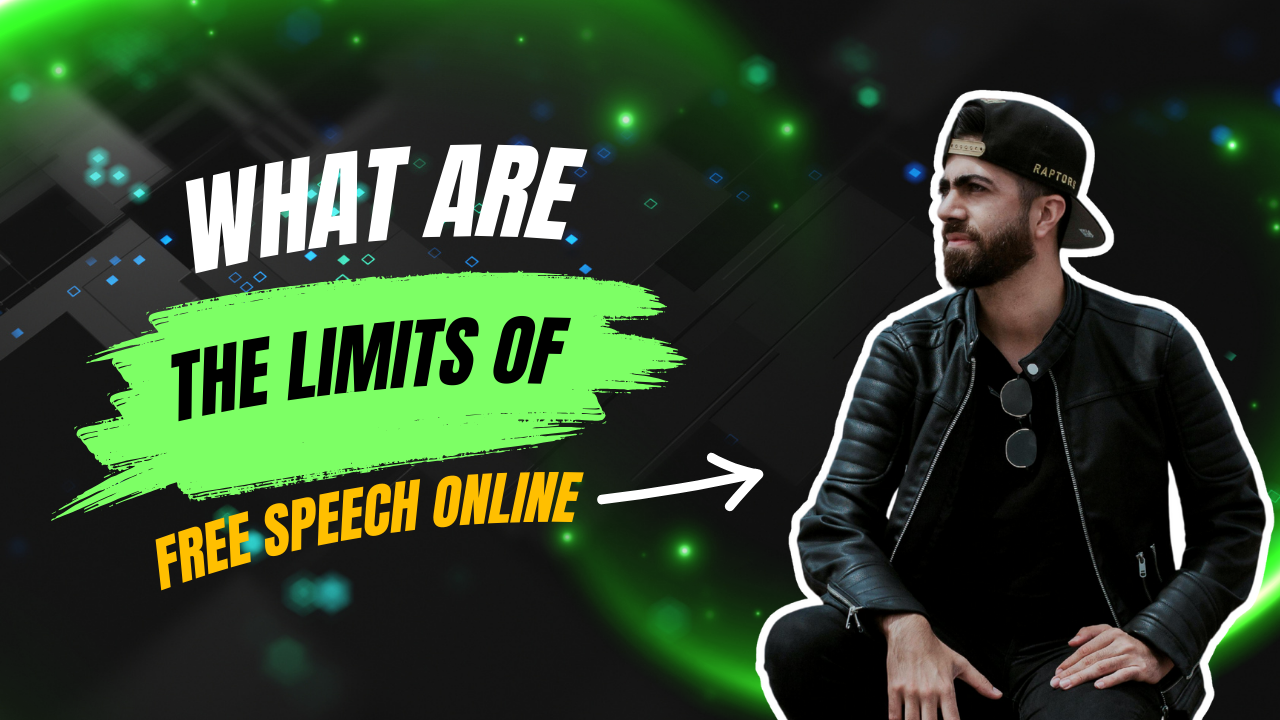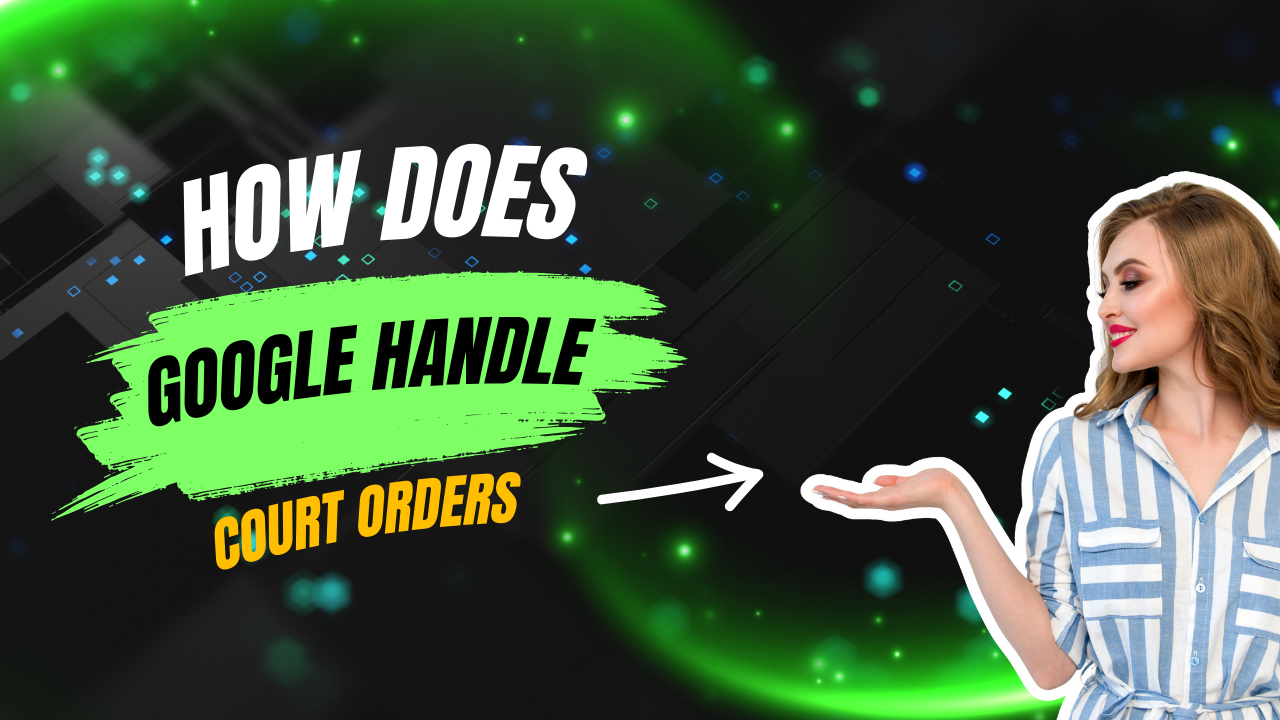Not everything on Google can be taken down with a simple request. But if the content breaks the law or violates your rights, there are legal tools that can force its removal.
Here’s what you can use—and when it works.
More DB Insights: How to Remove Google Search Results
1. Google’s Legal Removal Request Form
If something violates your legal rights, Google has a dedicated form for takedown requests. You can use it for:
- Defamation or libel
- Court-ordered removals
- Explicit content (especially posted without consent)
- Private financial or medical records
- Child exploitation
- Copyright violations
Start here: Google Legal Removal Tool
You’ll need to explain the legal issue clearly, and in some cases, provide documentation like a court order or copyright registration.
2. DMCA Takedown (For Copyrighted Content)
If someone copied your original work—like blog posts, photos, or videos—you can file a DMCA (Digital Millennium Copyright Act) takedown.
To qualify:
- You must be the original creator or rights holder
- The content must be published without permission
Google will usually remove links to the content from search results. You can also send takedown notices to the hosting site directly.
Pro tip: Always include links to the original and the infringing content. The more specific you are, the faster it works.
3. Right to Be Forgotten (Outside the U.S.)
If you live in the EU or certain other countries, you can request that search engines remove outdated or irrelevant results under privacy laws.
This is known as the Right to Be Forgotten and only applies in some regions.
To request this from Google:
- Visit their regional removal form
- Prove that the information is outdated, irrelevant, or no longer needed
- Submit a photo ID and details about the links
Note: This usually doesn’t work for public figures or newsworthy content.
4. Court Orders
If you win a defamation or privacy case in court, you can submit the final ruling to Google.
A valid court order may lead to:
- Full removal of the link from search
- Deindexing of the content
- Takedown by the original site (if included in the order)
This is often the most powerful legal option—but it’s also the slowest and most expensive.
5. Harassment, Doxxing, and Revenge Content
If the content puts you at risk or violates your safety, Google will review requests under their privacy and harassment policies.
You can request removal for:
- Non-consensual intimate images
- Doxxing (publishing home address, phone, ID)
- Personal threats or targeted harassment
This falls under both legal and policy-based removal. In many cases, it’s faster than going to court.
When to Use Legal Tools
Use legal removals if:
- The content breaks laws (e.g., defamation, copyright, privacy)
- You’ve tried other options and failed
- You want a permanent, enforceable solution
Keep in mind that legal removals often take time—and the original site may still keep the content up.
Need Legal Help With Google Removals?
At ReputationDB, we handle legal removals for clients every day. Whether it’s defamation, stolen content, or court-related issues, our team knows what works—and how to move fast.
Get a free assessment to see which legal option fits your case best. We’ll help you build a clear strategy, submit the right paperwork, and push for results.
